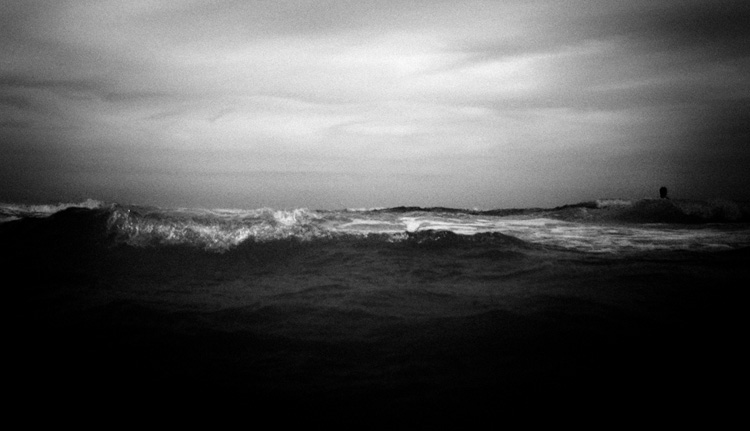I have started the South West Coast Path, on 1st and 2nd December walking from Minehead to Porlock Weir and from there to Lynmouth. The 630 walk will provide opportunities for images suitable for Landscapes, a module I wish to do in the future. For the present, I have set up a blog - Minehead to Poole - that uses the dynamic view available in blogspot and linked images from Flickr account to the blog. Have found that images do not upload easily to blogspot so a link works well. This would have been an idea for this blog, and would be a way to keep blogs for future courses.
As I near the end of this course - Assignment 4 is nearly complete and have idea for Assignment 5 - I am thinking about what next with OCA. Have not completed much reading on this course. This is partly because I found the recommended books a difficult read and not particularly relevant, and partly because of time. I have viewed reading as part of a long-term interest in the subject (and do so even when not on OCA course so some of my background reading does not feature on the blog) so am concentrating on completing exercises and assignments.
I have decided that the only other Part 1 course I am interested in is Understanding Visual Culture. Digital Photograhic Practice is too basic and outdated to add much to my knowledge and I am uninterested in Digital Film Production. History of Western Art requires drawing skills I do not possess so UVC is by default the only option, and have had some good feedback on from one other OCA student on the course.
The main challenge for UVC is that it will require a degree of discipline as regards reading, so have decided to finish People & Place now and then take a break until I am confident that I have time enough to devote to the requisite reading.
Feel more content that have a plan now; Assignment 5 beckons.
As I near the end of this course - Assignment 4 is nearly complete and have idea for Assignment 5 - I am thinking about what next with OCA. Have not completed much reading on this course. This is partly because I found the recommended books a difficult read and not particularly relevant, and partly because of time. I have viewed reading as part of a long-term interest in the subject (and do so even when not on OCA course so some of my background reading does not feature on the blog) so am concentrating on completing exercises and assignments.
I have decided that the only other Part 1 course I am interested in is Understanding Visual Culture. Digital Photograhic Practice is too basic and outdated to add much to my knowledge and I am uninterested in Digital Film Production. History of Western Art requires drawing skills I do not possess so UVC is by default the only option, and have had some good feedback on from one other OCA student on the course.
The main challenge for UVC is that it will require a degree of discipline as regards reading, so have decided to finish People & Place now and then take a break until I am confident that I have time enough to devote to the requisite reading.
Feel more content that have a plan now; Assignment 5 beckons.




.jpg)
a.jpg)
a.jpg)
.jpg)





_1.jpg)
.jpg)
_1.jpg)






_1.jpg)



a.jpg)